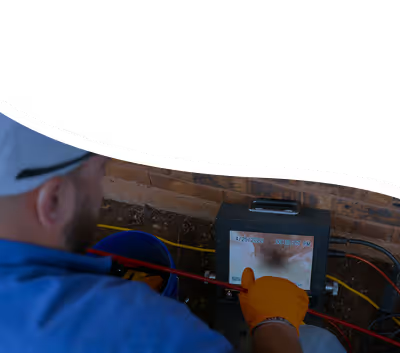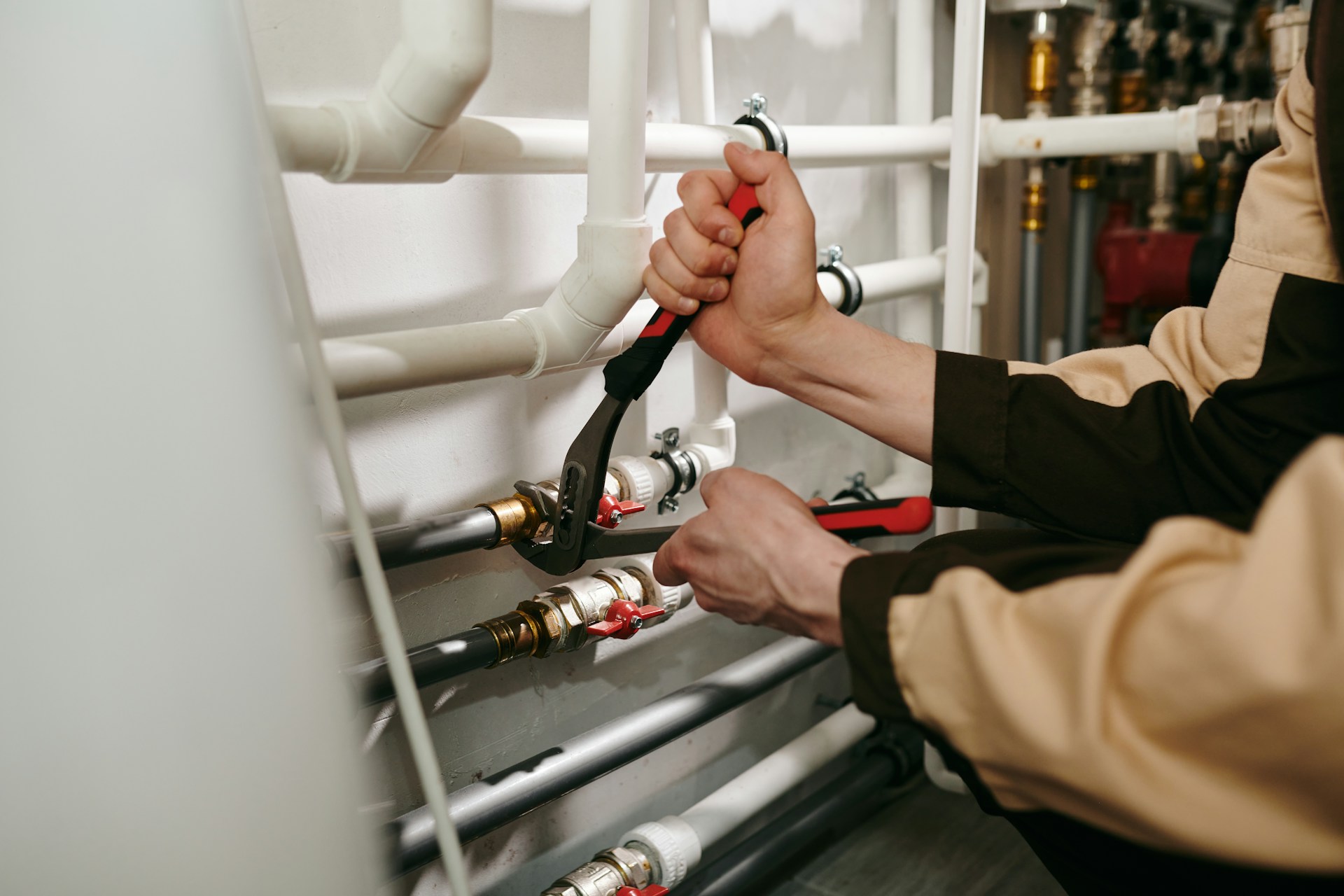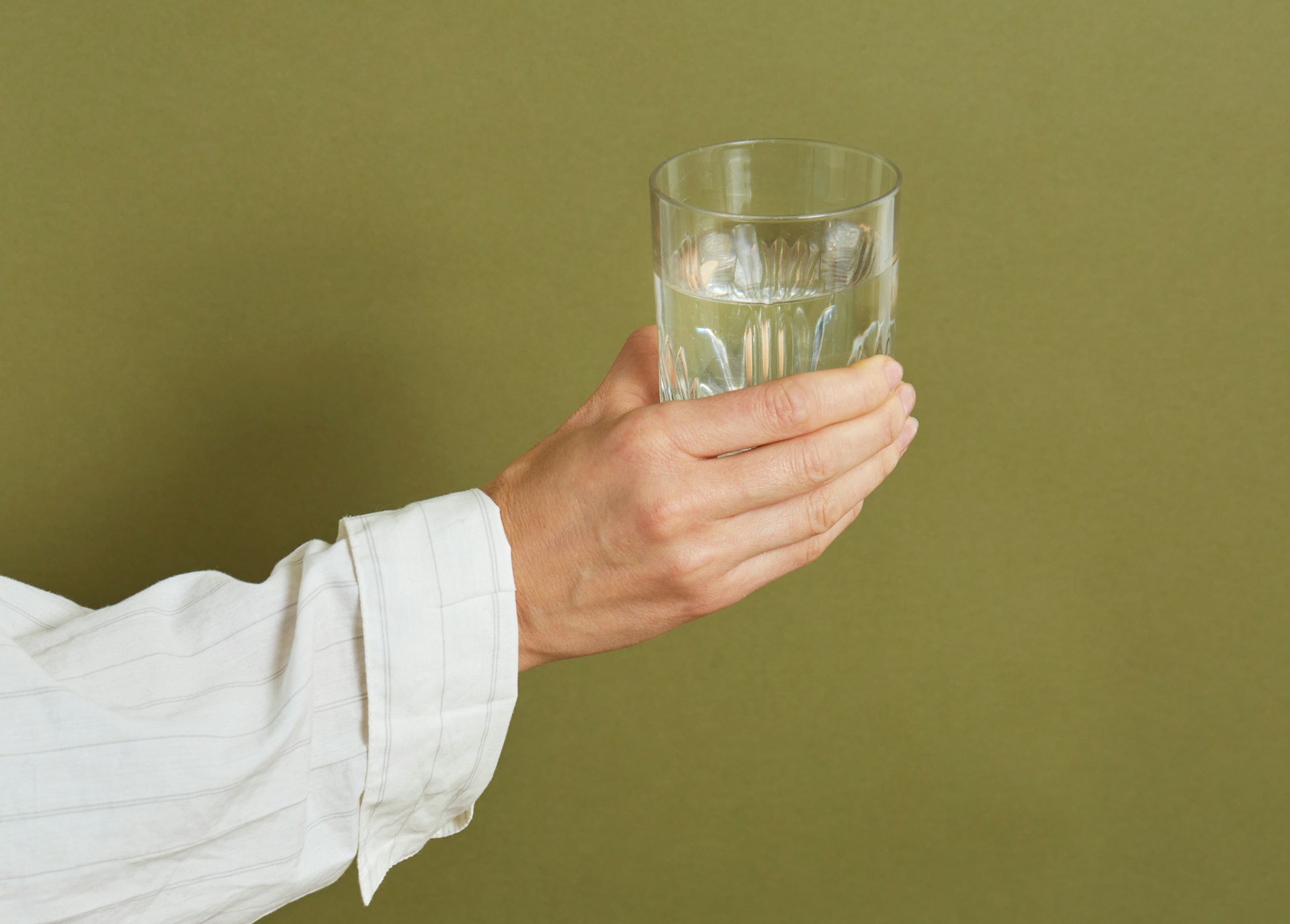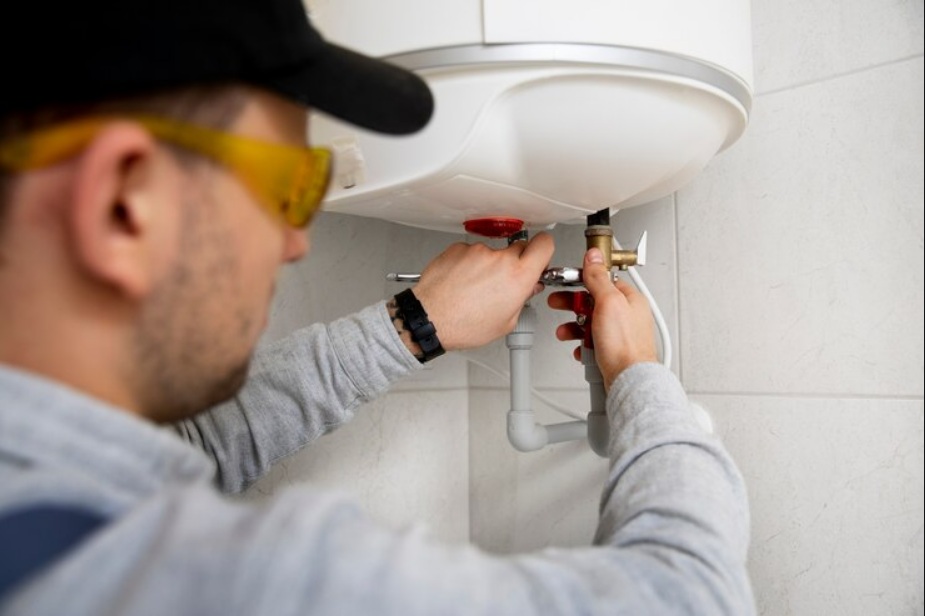
Texas is a dry place and in the last few years has grown drier in the Big Country. We have not seen as much rain in the last few years as we have needed. Water conservation is a very important subject for many residents here in Abilene, Texas. In recent years we have had restrictions on watering our lawns. Isn’t there more that we can do? The growing concern is what pains are we really dealing with during this dry spell?
In this article we will take a look at what impacts Water Conservation:
1) How does our plumbing impact water and current trends?
2) What ways can we make a difference in water conservation?
3) Are there simple Do-It-Yourself plumbing tips that can help?
4) When is it time to contact a professional?
HOW DOES OUR PLUMBING IMPACT WATER AND CURRENT TRENDS?

Before we look at how plumbing impacts our water conservation efforts, what does the current water shed look like in this area? Take a look at https://waterdatafortexas.org/reservoirs/individual/abilene where Lake Abilene is 4.2% full as of March 28th 2014. Only a year ago Lake Abilene was at 14.6%. We have not seen water levels this low since 2001. So if Lake Abilene is at 14%, then what does that mean for Abilene Area Reservoirs? Water supply reservoirs for Abilene are 17.8% full, which is down nearly 7% from 1 year ago.
Fortunately, the main source for Abilene (and many other outlying towns in our area) is not Lake Abilene. Instead, Fort Phantom Hill is the source for most of the Abilene regional area’s water for both residents and commercial properties. Yet even Fort Phantom is at a lower point in water levels than one would like.
Fort Phantom Hill is not as low in watershed as Lake Abilene, yet its current level leaves much to be desired. According to updated data here, we see that Fort Phantom is hovering around 43% full as of 3-13-14 and declining daily. The intermittent rains of the past few months have kept the water level from dropping below 40%, yet that still is a cause for concern for area residents.

Water levels for lakes that supply nearby towns and cities for residential across the state are at record lows. In Mineral Wells (northwest of Weatherford) has recently had to restrict outdoor water use to once a week for area residents due to drastically low levels at Lake Palo Pinto. The lake, which supplies water to the 16,731 residents of Mineral Wells and the surrounding area is only at 25% of its capacity for water. The increasing water shortage is creating growing fear in the greater Tarrant County region, which includes Weatherford and Fort Worth. It is suspected that the amount of water available for Mineral Wells and the surrounding area will only last for 400 days unless the area receives significant rainfall in the coming months (https://www.star-telegram.com/2014/03/29/5692249/mineral-wells-is-down-to-a-400.html?rh=1).
Looking at our state for watershed levels, the concern increases. At the current trend we will be in red at fewer than 10% for our Reservoirs, in the next year, with out rain. If we are at risk for low water in Texas then we need to make efforts in water conservation in Abilene. To tackle water conservation we need to understand, from a plumbing stand point, what are some possible plumbing problems we need to be made aware.
The amount of time that we leave water running is of course an issue, but also how we manage running water during the course of a day. This can range from brushing your teeth to washing dishes by hand.
Some of the main uses of water include:
- Bathroom sinks
- Toilets
- Showers
- Kitchen Sinks
- Water outside
- Washer Machines
There are several issues that start to happen around the use of these water delivery systems. We either have human error in that we leave the water running and walk away for a moment, or leave it running when we don’t need it. One common misuse of water is leaving the faucet on while brushing our teeth.
What else do we do that is wasteful?
People tend to turn the water on full blast to do small tasks and at the same time using more time to get the job done. We tend to take longer showers than required. The average shower should take about 8 minutes, which tends to use about 9 gallons of water vs. a bath that uses 18 gallons of water.
WHAT WAYS CAN WE MAKE A DIFFERENCE IN WATER CONSERVATION?
After taking a look at the declining condition of our water tables (both at the local and the state levels), choosing to make conscious decisions on water usage is the primary way to succeed in water conservation. First, choose to make a conscious effort in your household to restrict water usage, or cut back on overuse of water when you can. This may mean that you have to create a plan for water usage if you have roommates or children. Talk openly with the other members of your home and make sure everyone understands what limits and restrictions are being put on water usage.
One of the first places to look to see if you are wasting water unnecessarily is your water bill. Based on the number of people in your home as well as the normal usage or bill rates, you should be able to discern if something is off. Typically water levels for usage stay consistent throughout the year except during the summer when outdoor watering occurs. If you notice a high jump in your bill, this could be a sign that you have a leak. Most leaks need to be addressed by a professional plumber (details below). Either way, it’s a good idea to have a plumber check and see if you do have a leak if you notice a significant increase in your bill.
The bathroom is the main location where most water usage happens. Other rooms where water usage occurs is the kitchen and the laundry room. With the bathroom being a place that is utilized by all members of the family, set protocols and restrictions on certain types of water usage. Limit showers to eight to ten minutes. Ask members of the household to not leave the faucet running while brushing teeth. Make sure that other activities involving the bathroom sink are monitored to limit water use. If it helps, print out a list of reminders for the bathroom regarding water use. This will also be helpful for when you have guests over that may not know about your conservation efforts.
Check your bathroom and kitchen faucets for any leaks or drips. Unless you are consciously dripping your sinks (i.e. in the winter to prevent your pipes freezing), your faucets should not drip any water when the faucet is off. If you have faucets that drip or leak from the hot or cold-water handles, consider replacing your faucets. Unnecessary leaks can add up on your water bill, not to mention waste the precious resource.

If you can, look into the make and model number on your appliances that use water. This includes toilets, washing machine, and dishwasher. If your appliances are older and could be replaced, look for newer models that are water and energy efficient. Appliances labeled “Water Sense” have been approved by the government for water efficiency. A listing of Water Sense appliances for your home can be found at:
https://www.epa.gov/watersense/watersense-products
Another way to save water (that involves the kitchen and dishes) is if wash your dishes by hand. The caveat here is also to ensure that you don’t waste water in this process by leaving the water running too long during the rinsing. You can soak dishes in the sink basin and wash them individually while resting in the basin. Then rinse the dishes individually and place them in the drain bin. Doing so will give you a real sense of how much water is being used.
If you use a dishwasher to clean your dishes, check and see if your dishwasher is in need of replacement. Newer dishwashers operate more efficiently than older ones, especially with regards to water usage. If your washer is newer, cut back on rinsing. You can set the water amount on the rinse level.
If you have a yard and/or do any gardening, pay attention to the days and times that you water your lawn and garden. Generally, watering in the evening is more efficient and better for your lawn and garden than watering in the afternoon or during the heat of the day. If your area or neighborhood institutes watering restrictions on usage and dates for watering, abide by those rules. This will also help conserve water on an individual basis.
Other great ways to limit and conserve water around the home can be found at https://wateruseitwisely.com/100-ways-to-conserve-water/?view=list
ARE THERE SIMPLE DO-IT-YOURSELF PLUMBING TIPS THAT CAN HELP?
Many aspects of work inside the home can be done yourself. Here are a few plumbing issues that should be handled by a professional instead of a shade-tree handyman:
- Repair or replace existing plumbing lines (pipes) for cracks, leaks, and other issues
- Repair or replace existing appliances like water heaters and dishwashers
- Repair or install water lines from meter to house
- Repair or install sprinkler system

Other than these main plumbing issues, there are some minor plumbing related problems that you can take care of yourself which can aid in conserving water. One is replacing a dripping or leaky faucet. There are how-to video tutorials that show all angles of this process. Make sure the water line to the faucet is turned off. Drain the pipeline by opening the faucet all the way. When you drain water lines (especially when replacing faucets), you can trap the water from the faucet that is being drained in a bucket or pan. Reuse this water in your garden or other watering need (versus letting it go down the drain and be wasted).
Toilet issues and replacement of toilets can be done on your own, but take caution. Similar to other plumbing work (as well as other DIY home repair), make sure you have access to a trained professional to assist you in case something unexpected takes place that you can’t fix with your tools, skill set, or knowledge/experience.
- For a thorough listing of tips for DIY plumbing, see
- https://www.epa.gov/watersense/fix-leak-week
WHEN IS IT TIME TO CONTACT A PROFESSIONAL? PLUMBING WATER CONSERVATION IS CRITICAL.

As mentioned above, there are certainly plumbing work that you should seek a professional on before attempting yourself. The tale-tell signs of needing professional work mainly pertain to areas of plumbing where appliances are involved as well as issues regarding your pipes.
If you aren’t getting hot water from your faucet, this is a concern that a professional plumber can address. Trouble-shooting to ensure that the issue is possibly with your hot water heater include just opening up the hot water faucet and allowing it to run for a few moments. If you’re not getting any hot or even warm water, turn your faucet off and contact a professional plumber.
If your water pressure is low coming out of a faucet, check and see if pressure is also low in other parts of the house. If so, this is another plumbing issue that a professional needs to address. Other reasons to contact a plumber for include frozen pipes, sewer line stoppage, and any damage to waterlines.










